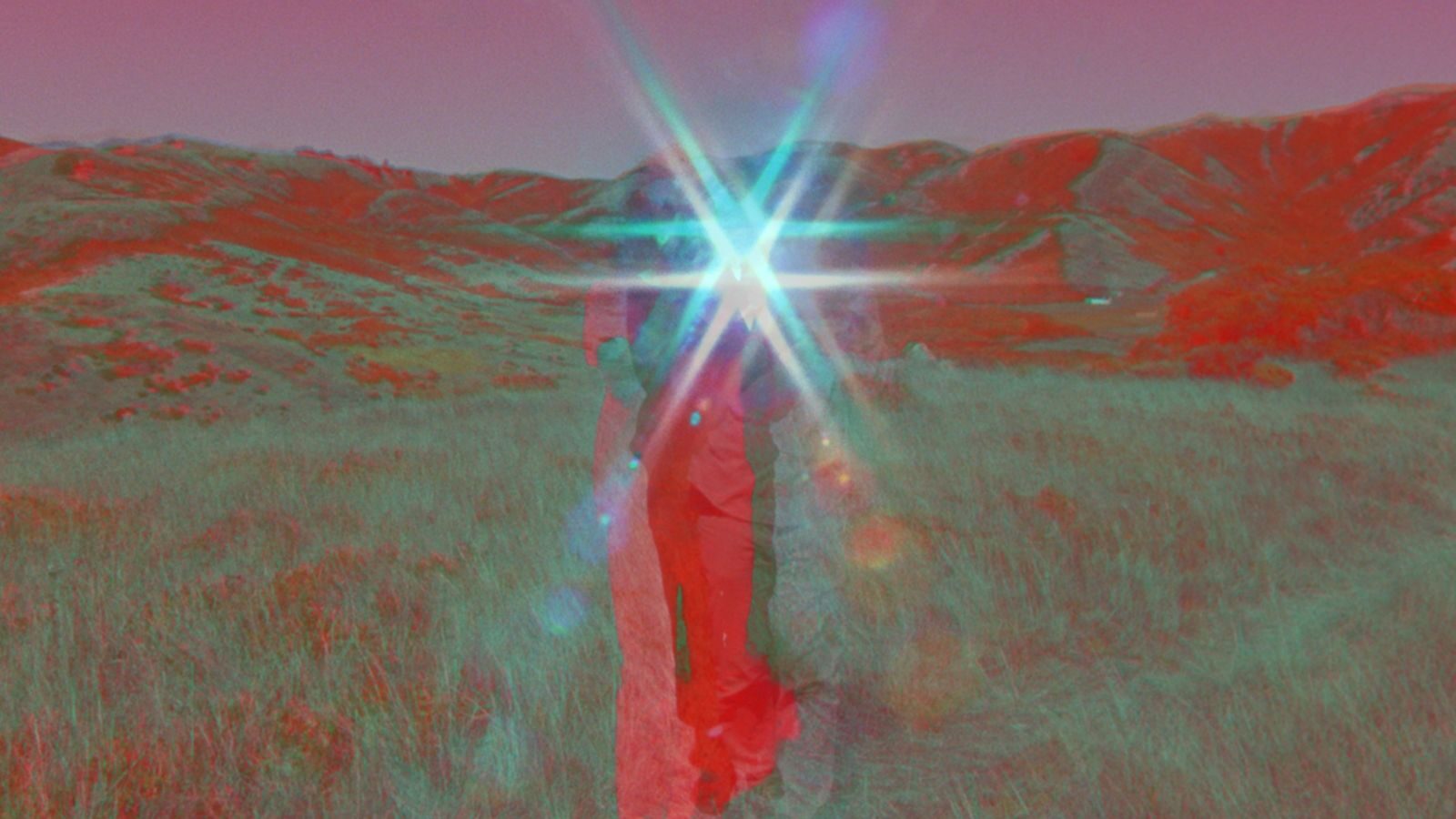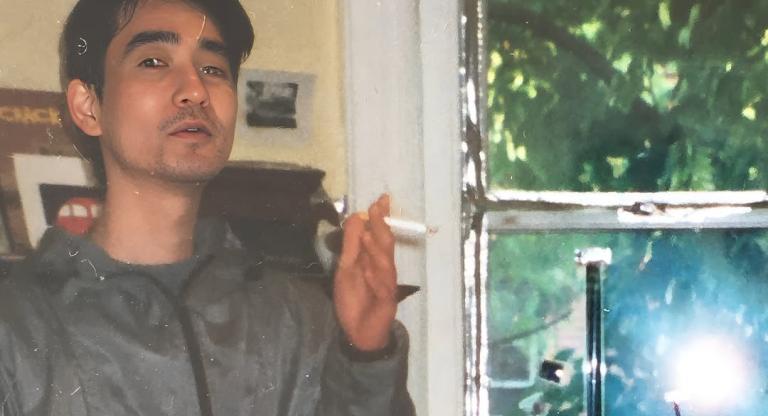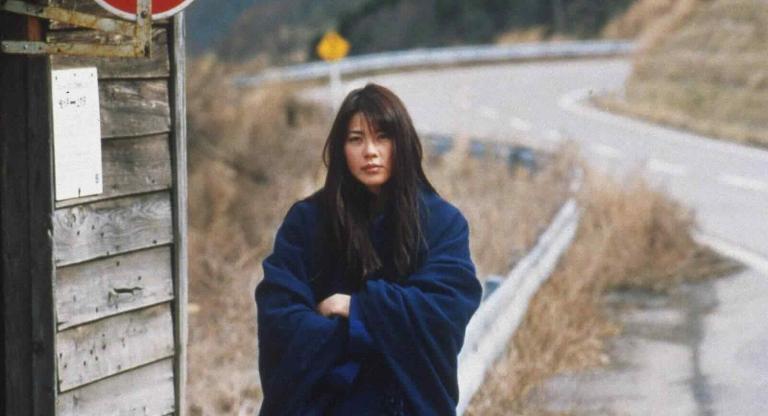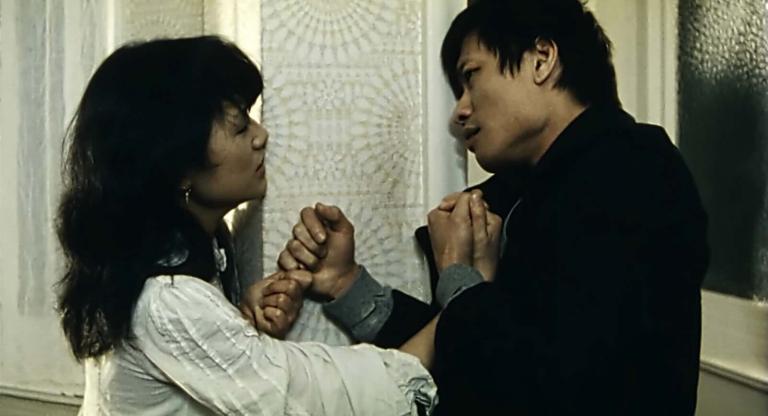At some point—101500 years from now, according to Wikipedia’s Timeline of the Far Future—the only matter left in the universe will be pure iron. This scale is nearly unimaginable, only measurable with a sense of time borrowed from matter itself. By turns speculative fiction, documentary, and cosmic horror, Deborah Stratman’s latest film, Last Things (2023), envisions just that, recasting the history of the Earth from the perspective of its rocks and crystals.
It’s not surprising that Stratman, whose previous subjects have included comets and singing insects, would come to investigate of the mineral world. Her landscape films have always incorporated representational strata—text, illustrations, and voice—which already suggest a geologic method. In Last Things, the approach not only evinces crystals’ spectral, particularly filmic beauty (film itself is an arrangement of photo-sensitive crystals), but also situates us in their special manner of condensing time.
The relation between mineral and organic form structures the film. Stratman shows crystals in diagrams, drawings, and twinkling in closeup. They're presented on black backdrops, rendered variously luminous, material, and mathematical—ideal form incarnate in a way that, pace the Vitruvian Man, people simply are not. When she shoots outdoors, as in a funny scene involving architecture built into rocks, her compositions are precise and illuminating. The camera is positioned so that our eye alights on a stray line at the margin of a shot or a peculiar curve, creating a sense of imbalance and forcing us to survey the entirety of the rocky shapes before us.
In this way, Last Things approaches a geologic sublime, forcing us to confront the unsettling foreignness of our planet’s deep history—what, in voiceover, the geologist Marcia Bjornerud calls a “polytemporal worldview” that appreciates the slow, overlapping processes encased in the landscape. It reimagines minerals as an alien organism, beginning at the “prehistory of prehistory,” and eventually moving through the emergence of life (“a complex dampness”) to today. In a sense much different than biological creatures, minerals grow, evolve (apparently go extinct), and have histories that begin even before the Earth was formed. The textural, organic soundtrack further makes them lifelike. Stratman reveals a beauty in our relation to our rocky kin. It’s telling that the most arresting moments in the film feature not geologic cataclysms, but an uneven, familiar shape: a hand caressing stone.
The minerals, in their patient accretion, hold a warped mirror to the furor of capitalist development: humans’ short-sighted destruction of the planet is the foreboding backdrop to Last Things. Drawing from the science-fiction novels of the 19th-century brothers who both published under the name of J.-H. Rosny, the voiceover—gravely intoned by the filmmaker Valérie Massadian—recounts a slow, fatal encounter between mankind and a mysterious crystalline species that shapes the planet in its image, stripping the Earth of its human inhabitants. Originally a proto-Lovecraftian horror of the radically unknown, from a contemporary perspective, it sounds like a story of chthonic revenge.
So the war rages and we lose. Last Things is humbling in the way it checks our rapacious attitude toward the Earth. The context of environmental crisis proffers a critical lens to material that could inspire apolitical awe at our cosmic irrelevance. Climate change won’t be stopped by checking our arrogance concerning ores, though, but rather in our attitude towards the miner and their living environment. In this sense, the film attenuates its argument for expanded self-understanding with a chilling expression of the fear that maybe we’re such a miserable blight on the planet that even the rocks want us gone.
Last Things screens tomorrow and the next day, October 7 and 8, at the New York Film Festival on 35mm, preceded by Blake Williams’s Laberint Sequences (2023). Both screenings will be followed by conversations with directors Deborah Stratman and Williams.



